墨西哥财政部艺术博物馆位于墨西哥城主教的古老总部。该博物馆拥有通过向墨西哥所有艺术家提供的“以实物支付”计划收藏他们的作品。许多该国最重要的艺术家都曾进行“以实物支付”提案。作品涵盖范围广泛,从一个令人惊叹的家具、装饰物品和应用艺术品的收藏,到绘画、雕塑、版画、博物馆级的金属工艺品和硬币。
永久收藏包括胡安·科雷亚、迭戈·加西亚、鲁菲诺·塔马约、费德里科·坎图、安东尼奥·鲁伊斯、阿道尔福·贝斯特·莫加尔德和劳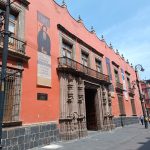 尔·安吉亚诺等艺术家的作品,这仅仅是其中之一。这一计划在艺术家大卫·阿尔法罗·席克罗斯的大力支持下得以实现。他的作品可以在这里以及城市的众多其他地方欣赏。
尔·安吉亚诺等艺术家的作品,这仅仅是其中之一。这一计划在艺术家大卫·阿尔法罗·席克罗斯的大力支持下得以实现。他的作品可以在这里以及城市的众多其他地方欣赏。
和墨西哥城的许多博物馆一样,这座建筑物本身就像收藏品一样迷人。
该博物馆的正式全名是“财政和公共信用部博物馆”。
建筑特色
新西班牙的第一位大主教是弗雷·胡安·德·苏马拉加。他因1539年出版了西半球的第一本印刷书籍而闻名,作品名称为《墨西哥和西班牙语的简洁基督教教义》(Breve y más compendiosa doctrina Christiana en lengua Mexicana y Castellana),它以纳瓦特尔语和西班牙语印刷出版。
苏马拉加指示在一个供应战士保护的特斯卡特利波卡神殿的遗址上建造他的宫殿。然而,他在搬进这座宫殿之前就去世了。尽管如此,这座建筑物仍然成为大主教办公室的所在地。
1530年,开始建造,却迟至在18世纪中叶完全重建。1730年,胡安·安东尼奥·维萨隆·伊·埃吉亚雷塔成为了墨西哥的第一位大主教,在1734年成为新西班牙的总督。他在1747年去世前一直担任着这两个职位。但在短暂的任期内,他完全重建了宫殿。一位名叫何塞·米格尔·德·里维拉·萨拉比亚的建筑师添加了宏伟的外观装饰并主持了整个工程。 1771年,主教阿隆索·努涅斯·德·哈罗接管了一栋相邻的建物,扩建了建筑规模,也就是我们今天看到的建筑艺术品。
这座宫殿曾是约33位主教的住所。这座建筑于1859年国有化,并于1861年出售。在马克西米利安的第二次墨西哥帝国时期,一位主教短暂住在这里。但它在1867年再次废弃。而后联邦的会计、财政、养老金和薪水办公室带着他们的印刷机进驻。从那时以来,不论建筑经历多少变化。
如今,这不仅是一个壮观的博物馆,还是18世纪宫殿建筑的令人惊叹的范例。
 +525536881100
+525536881100
 https://www.gob.mx/hacienda
https://www.gob.mx/hacienda
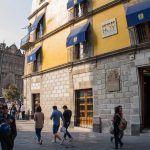
相近 0.03 kms.
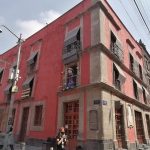
相近 0.04 kms.
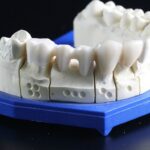
相近 0.04 kms.
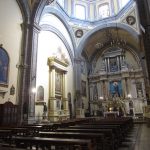
The first target of the counter-reformational Academy of Art . . .

One of the Center City's most important cultural centers with a small fascinating museum...
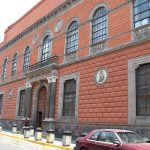
The first Academy and Museum of Fine Arts in the Americas...
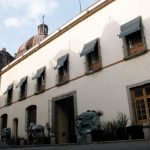
The former Santa Inés Church & Convent provides some lively competition on a City Center street.

A museum dedicated to one of the oldest institutions in the hemisphere and its long role in Mexico City.